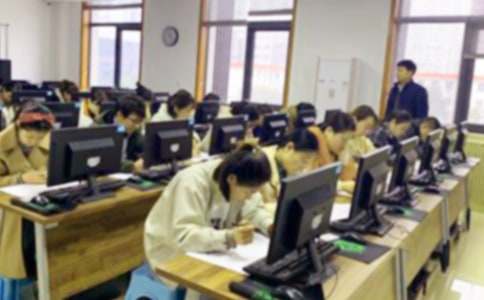全國(guó)職稱英語(yǔ)等級(jí)考試全真題(人文類)
第一部分 閱讀理解 (75分)

Passage 1
The 16th century, known as the "Age of Genius", was a complicated (復(fù)雜) and difficult time to live. Many countries fought for the power and riches of the newly discovered Americas. Men introduced new ideas which demanded great changes in older ideas. Despite these problems and possibly because of them, wonderful things were done by the greatest of men.
It is indeed difficult to know why in some periods you find many men of genius while in others you may find few. The "Age of Genius", however, produced some of the greatest thinkers, painters, authors, and scientists.
In Italy during the High Renaissance (文藝復(fù)興), a period of the "Age of Genius", three famous painters started their work. They were Leonardo da Vinci, Michelangelo and Raphael.
Leonardo da Vinci is famous not only for his beautiful paintings but also for his talent in the sciences. One of his best - known painting is the "Mona Lisa." Michelangelo was also a man of many talents. He was an artist; he wrote poems; he drew plans for buildings; and he worked with other forms of art. His best- known work is the painting on the ceiling of the Sistine Chapel in Rome (羅馬西斯教堂).
Raphael was known for his painting. He made well-balanced pictures out of many different actions.
1. Another name for the 16th century is the ________.
A. Classical Age
B. Middle Ages
C. "Age of Genius"
D. Age of Renaissance
2. To know why in some periods you find many intelligent men and few in other is __________.
A. an easy thing to do
B. a very difficult thing to do
C. not important&nb
>>